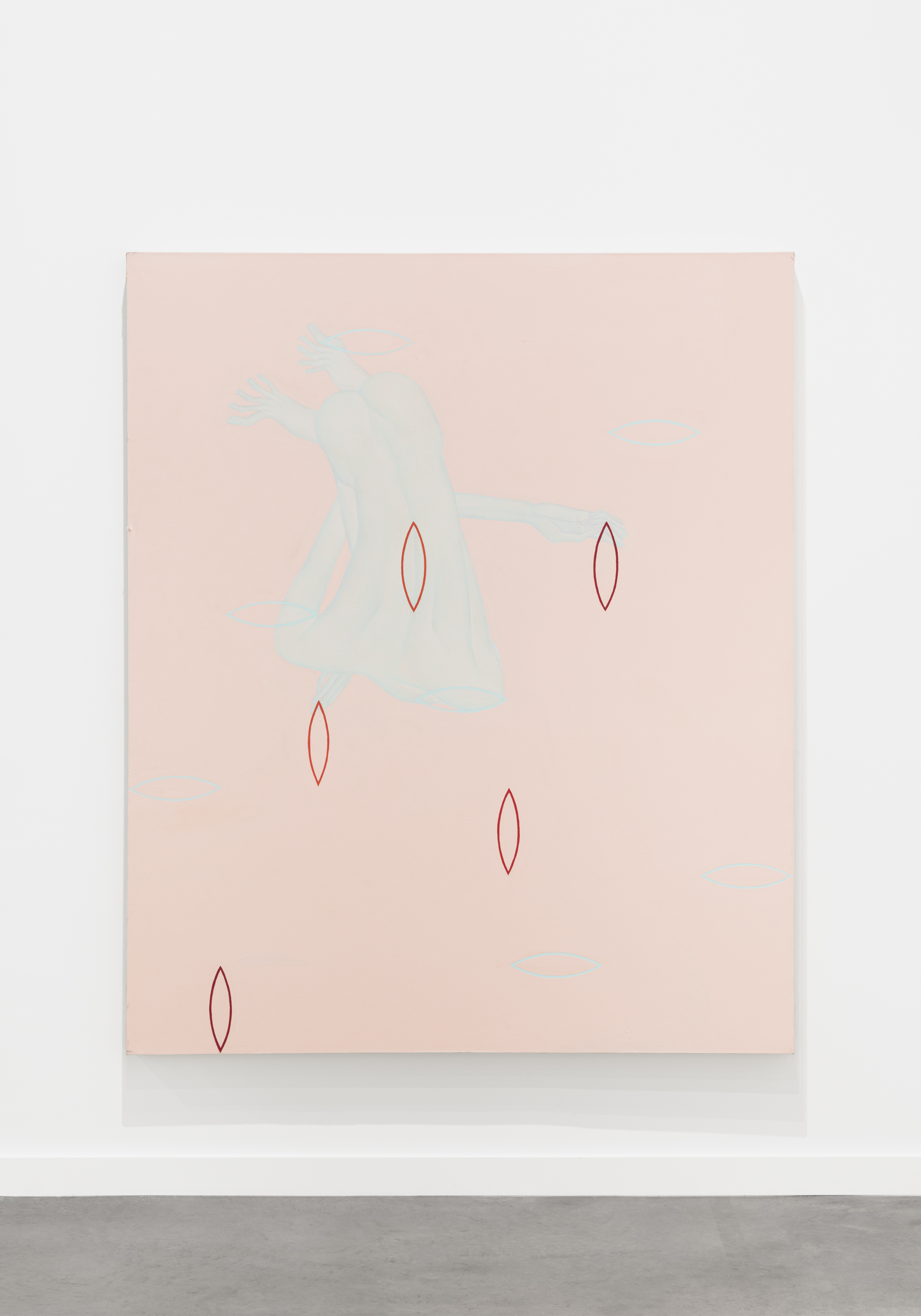Audra Skuodas Studio
Born in Lithuania on March 24, 1940, the painter Audra Skuodas was seventy-eight when she passed away in early 2019. Skuodas was a prolific, almost compulsive, artist, producing thousands of paintings, works on paper, embroideries, books, and objects in her ground-floor studio located in a converted warehouse in downtown Oberlin. For her, art was a daily practice, a spiritual and philosophical endeavor through which she tried to make sense of the cosmos and her place in it and sought to overcome childhood traumas, including six years spent in a refugee camp after the Second World War and before her arrival in the US in 1949.
While Skuodas’s earliest canvases present realistic figures in surreal tableaux, her interest in naturalism ebbed; her painted settings splintered into Cubist planes and geometric shapes while figures became flatter and more stylized, their skins lightening to a ghostly translucency. She also introduced overt references to her religious upbringing, from Christ-like figures and crosses to crowns of thorns and stigmata. These were gradually distilled down to a multivalent but universal abstract form: a narrow, pointed oval, more often red than not, that synthesized Christian iconography with Lucio Fontana’s iconoclastic slash and the central core imagery of early feminist art, a motif she referred to as a “wound” and that she repeated in subsequent work. In the Womb Wound series from the early 2000s, it appears alongside solitary figures, their bodies elongated, disjointed, twisted and contorted. These sorrowful figures appear both tortured and in a transcendent state of grace despite bodily pain. The paintings from her final decade forgo the figure entirely, drawing inspiration from mathematics and physics to create all-over fields of “wounds,” dots, other shapes, and straight and wavy lines that pulsate with cosmic energy. In these late works, Skuodas achieved an abstract idiom that remained true to her abiding concerns, unabashedly spiritual and bodily, at once humanist and cosmic.
Skuodas’s studio will be opened to visitors through FRONT 2022, giving audiences unprecedented access to her prodigious oeuvre and where she worked. A selection of her paintings and works on paper are also on display at the Akron Art Museum and Transformer Station.

